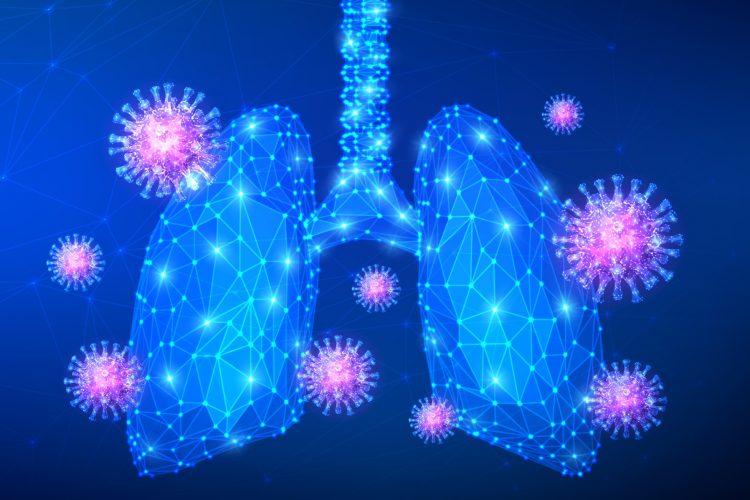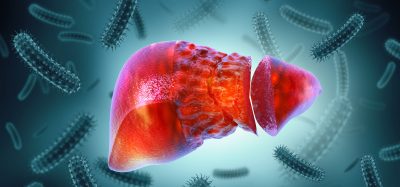Researchers suggest COVID-19 therapeutics needed to target blood vessel leakage
Posted: 1 May 2020 | Victoria Rees (Drug Target Review) | No comments yet
According to researchers, ACE2 receptors disappear from lung cells during COVID-19, allowing small blood vessels to leak at the site of infection, presenting a new drug target.


Dutch researchers have highlighted an essential mechanism involved in the disease progression of COVID-19 which they say has so far been overlooked. The scientists suggest that if the insight is correct, it likely has important consequences for the treatment of the disease.
“We have been closely monitoring the COVID-19 patients,” said Frank van de Veerdonk, from Radboud University Medical Center. “In that first phase, during which the lungs fill up with fluid, CT scans of the lungs look bad and patients quickly experience shortness of breath due to the administration of fluid, which is very characteristic. This image cannot be explained solely by the infection of the lungs. So we got the idea that the capillaries, which are the very small blood vessels, start to leak into the lungs during this process. That leakage causes the lungs problems, because they partly fill up.”
This observation has already been made in patients with severe acute respiratory syndrome (SARS), but no explanation was available. The researchers from the current study have now suggested a hypothesis: “COVID-19 enters the lungs via the angiotensin-converting enzyme 2 (ACE2) receptor. The virus binds to the receptor, which then pulls it into the lung cell where the virus can multiply. In the case of a massive infection, this process makes the ACE2 receptors disappear from the outside of the cell. With that, their function also disappears,” said Van de Veerdonk.
ACE2 is known to play a role in maintaining blood pressure throughout the body, but it also has another function. “ACE2 keeps the substance bradykinin under control, which makes blood vessels leak. We have good reason to believe that with COVID-19 infections we see exactly this effect: when the virus is introduced, ACE2 receptors disappear from the lung cells, giving bradykinin free rein in causing the small blood vessels to leak massively at the site of infection,” explained Van de Veerdonk.
According to the researchers, vascular leakage can be aggravated by an inflammatory phase, causing even more leakage and damage to the lungs. Therefore, anti-inflammatory drugs can have a potentially dampening effect.
Additionally, the long lasting vascular leakage and inflammation of the blood vessels will trigger the coagulation cascade leading to thrombosis and eventual scarring of the lungs. So, the researchers argue that interventions started early to treat this leakage have the capacity to prevent these serious complications.
The researchers have published their insights in an article published on preprints. Articles on preprints have not been reviewed and commented on by colleagues, but can be published very quickly.
Related topics
Disease Research, Drug Targets, Research & Development, Targets
Related conditions
Coronavirus, Covid-19, Severe Acute Respiratory Syndrome (SARS)
Related organisations
Radboud University Medical Centre
Related people
Frank van de Veerdonk








